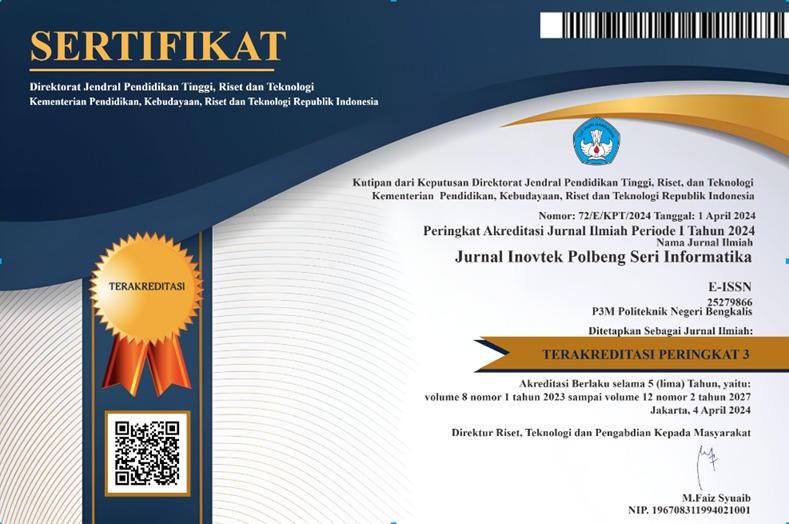Implementation of Ibis Pain X Application in Fashion Design Learning Based on Students' Learning Interests
DOI:
https://doi.org/10.35314/661f3e36Keywords:
Ibis Paint X, fashion design, learning interest, digital mediaAbstract
This study aims to examine the use of the Ibis Paint X application in fashion design learning to enhance the interest and learning outcomes of Grade X Fashion Design students at Vocational High School 1 Monta. This research is the first study to directly implement Ibis Paint X in the context of fashion design education at a vocational school. The study is motivated by the low student interest in manually drawing designs and the limited availability of digital learning media. The research employed an experimental method with a One-Group Pretest -Posttest design, involving 9 purposively selected students. Data were collected through observation, pretest, posttest, and a Likert scale questionnaire. The paired sample t-test results showed a significant improvement (p = 0.000 < 0.05), with the average pretest score of 51.1 and posttest score of 91.1. A Cohen’s d value of 4.00 indicates a very large effect. The average score of the learning interest questionnaire was 4.45, indicating a high category. These findings demonstrate that Ibis Paint X is effective in increasing student engagement, motivation, and learning outcomes. The results encourage vocational school teachers to integrate Ibis Paint X into the fashion design software syllabus as an innovative and contextual digital learning medium.
Downloads
Downloads
Published
Issue
Section
License
Copyright (c) 2025 INOVTEK Polbeng - Seri Informatika

This work is licensed under a Creative Commons Attribution-NonCommercial-ShareAlike 4.0 International License.













